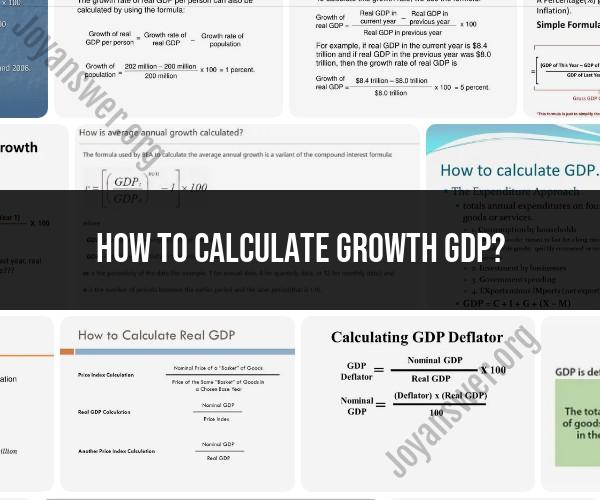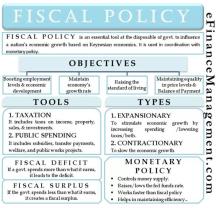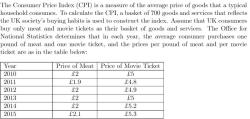How to calculate growth GDP?
Gross Domestic Product (GDP) growth is a fundamental economic indicator that measures the increase in the total value of goods and services produced within a country's borders over a specific period of time. It's often expressed as a percentage and is used to assess the overall health and performance of an economy. Here's how you can calculate GDP growth:
Step 1: Choose a Time Period
Determine the time period for which you want to calculate GDP growth. This could be a quarter (three months) or a year, depending on your data and the level of detail you need.
Step 2: Gather GDP Data
Obtain the GDP data for the starting period (often referred to as "initial GDP") and the ending period (often referred to as "final GDP"). The GDP data can be found in official government reports, such as those published by the Bureau of Economic Analysis (BEA) in the United States. Make sure you have the real GDP figures, adjusted for inflation, for accurate comparisons over time.
Step 3: Calculate GDP Growth
To calculate GDP growth, use the following formula:
Where:
- Final GDP is the GDP at the end of the chosen time period.
- Initial GDP is the GDP at the beginning of the chosen time period.
Step 4: Interpret the Result
The result of the calculation will be expressed as a percentage. A positive GDP growth rate indicates that the economy has grown over the selected time period, while a negative growth rate indicates a decline in economic output.
Here's an example:
Let's say you want to calculate the GDP growth rate for a country for the year 2022.
- Initial GDP (2022 Q1): $10,000 billion
- Final GDP (2022 Q4): $10,500 billion
Using the formula:
So, the GDP growth rate for the year 2022 is 5%. This means that the economy grew by 5% over the course of that year.
Calculating GDP growth is an essential tool for economists, policymakers, and investors to assess economic performance and make informed decisions.
Sure, let's go through an example of calculating GDP growth using hypothetical numbers:
Example: Calculating GDP Growth for a Country
Suppose you want to calculate the GDP growth rate for a country between the year 2020 and 2021. You have the following data:
- Initial GDP (2020): $15,000 billion
- Final GDP (2021): $16,200 billion
Using the formula for GDP growth rate:
Plug in the values:
Now, calculate the numerator (the change in GDP):
Now, calculate the GDP growth rate:
So, the GDP growth rate for the country from 2020 to 2021 is 8%. This means that the country's economy grew by 8% during that one-year period.
This is a simplified example, but it illustrates how you can calculate GDP growth using actual GDP figures for a specific time frame. In real-world scenarios, economists and analysts use more detailed data and often calculate GDP growth for different sectors of the economy to gain a comprehensive understanding of economic performance.













